Nuke 13.0
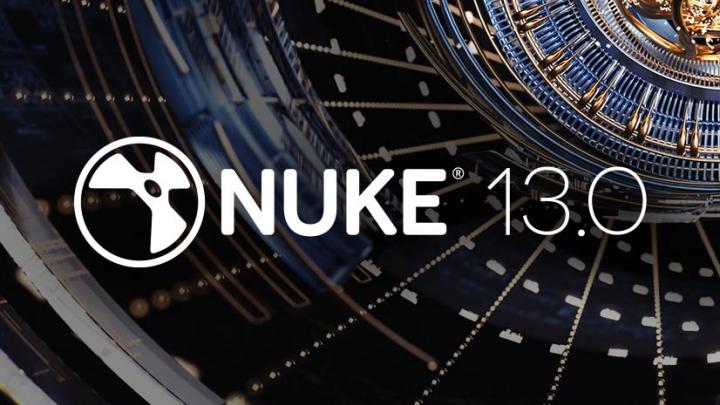
Explore Nuke 13.0
Break the boundaries of creativity with Nuke 13.0. With its new machine learning framework, implementation of a Hydra-powered 3D viewport, and extended SyncReview, Nuke 13.0 empowers artists. Gain more creative control, accelerate workflows, and get to the final pixel-perfect image quicker than ever before.
Take me thereNuke 12.2 Release notes
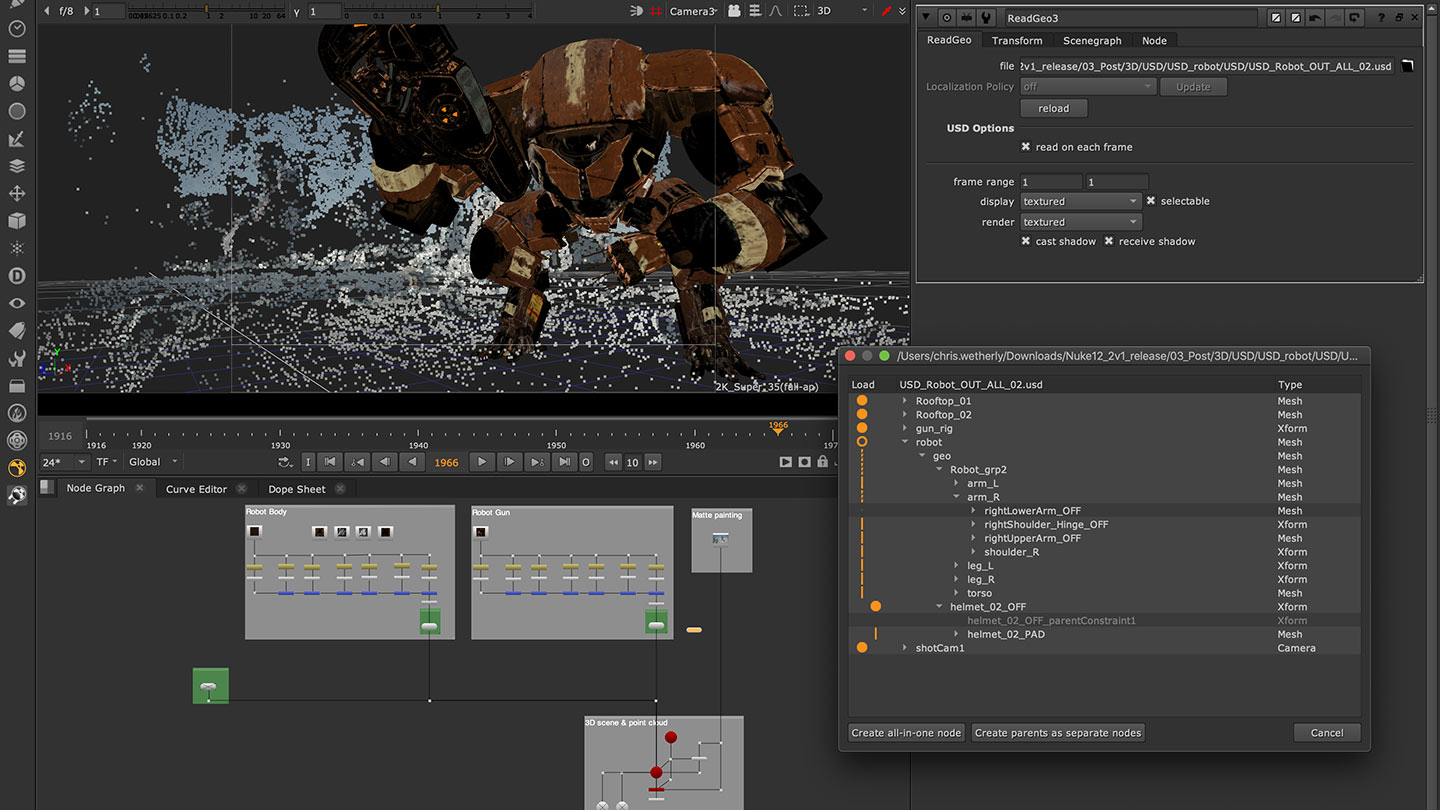
USD Import Support
Nuke 12.2 sees the introduction of native support for USD in Nuke. It gives artists the ability to read USD data using Nuke’s ReadGeo node and enables them to work with geometry contained within the USD with an improved scenegraph UI, support for Normals, Color data, animated geometry and more. The extensions to ReadGeo will be open sourced, enabling studios to integrate these updates into their custom USD tools.
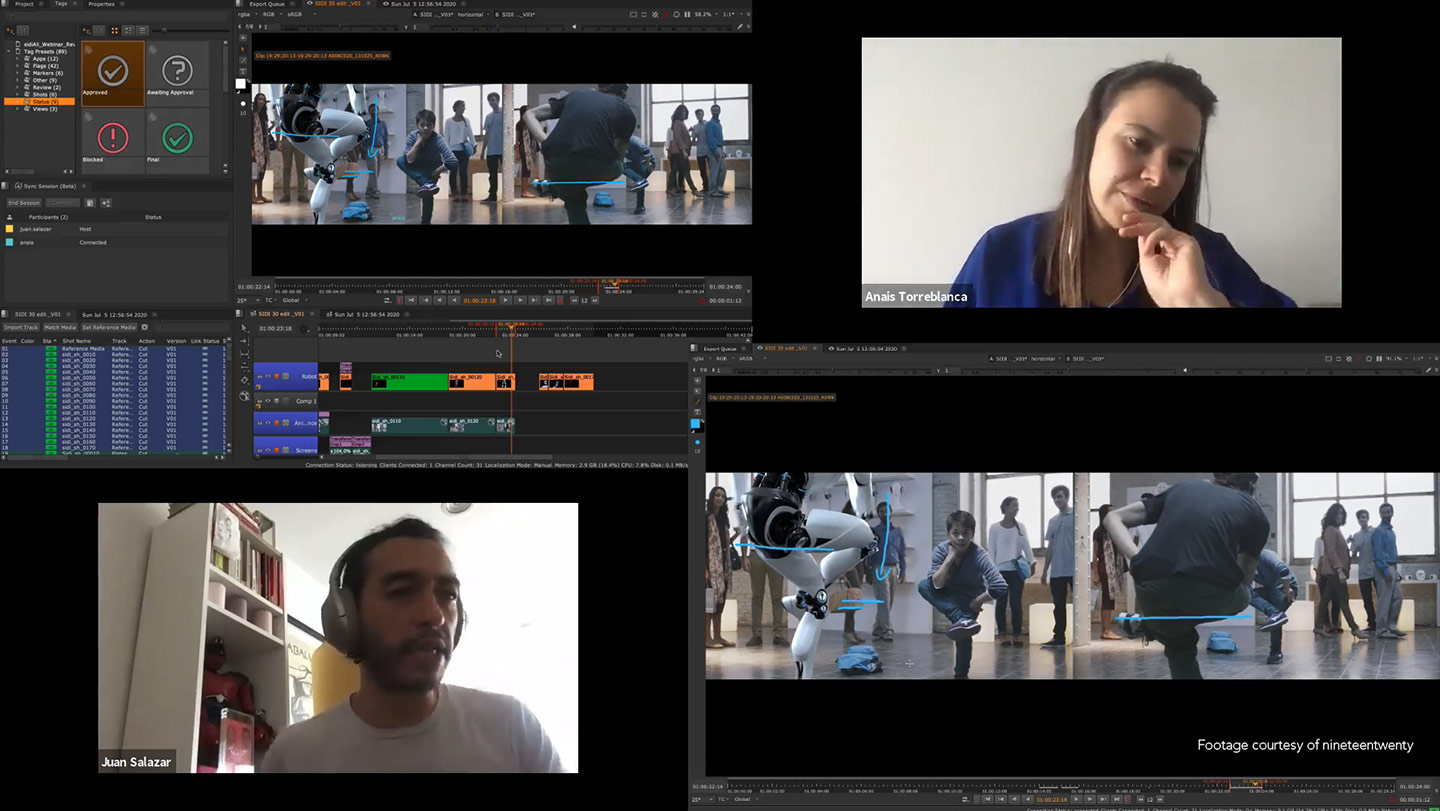
SyncReview (Beta)
Remote work is more important than ever. That’s why we’ve introduced the first implementation of SyncReview in Nuke 12.2, giving teams the ability to sync multiple sessions of Nuke Studio, Hiero and HieroPlayer together and allowing two or more users in multiple locations to review and annotate footage collaboratively. Whether connecting to a network storage, cloud storage like DropBox, or working with localized files, all participants have access to live playback and viewer controls, soft effect parameters and toggling between versions. Plus, push updates allow users to stay in sync with the session. The number of users and resolution is only limited by your hardware and bandwidth.
As a result of this work, the Hiero Python API has been expanded in three main areas: controlling the viewer, project loading and saving so you can further customize your workflow. We have also added callbacks in various areas like annotations and version changes.
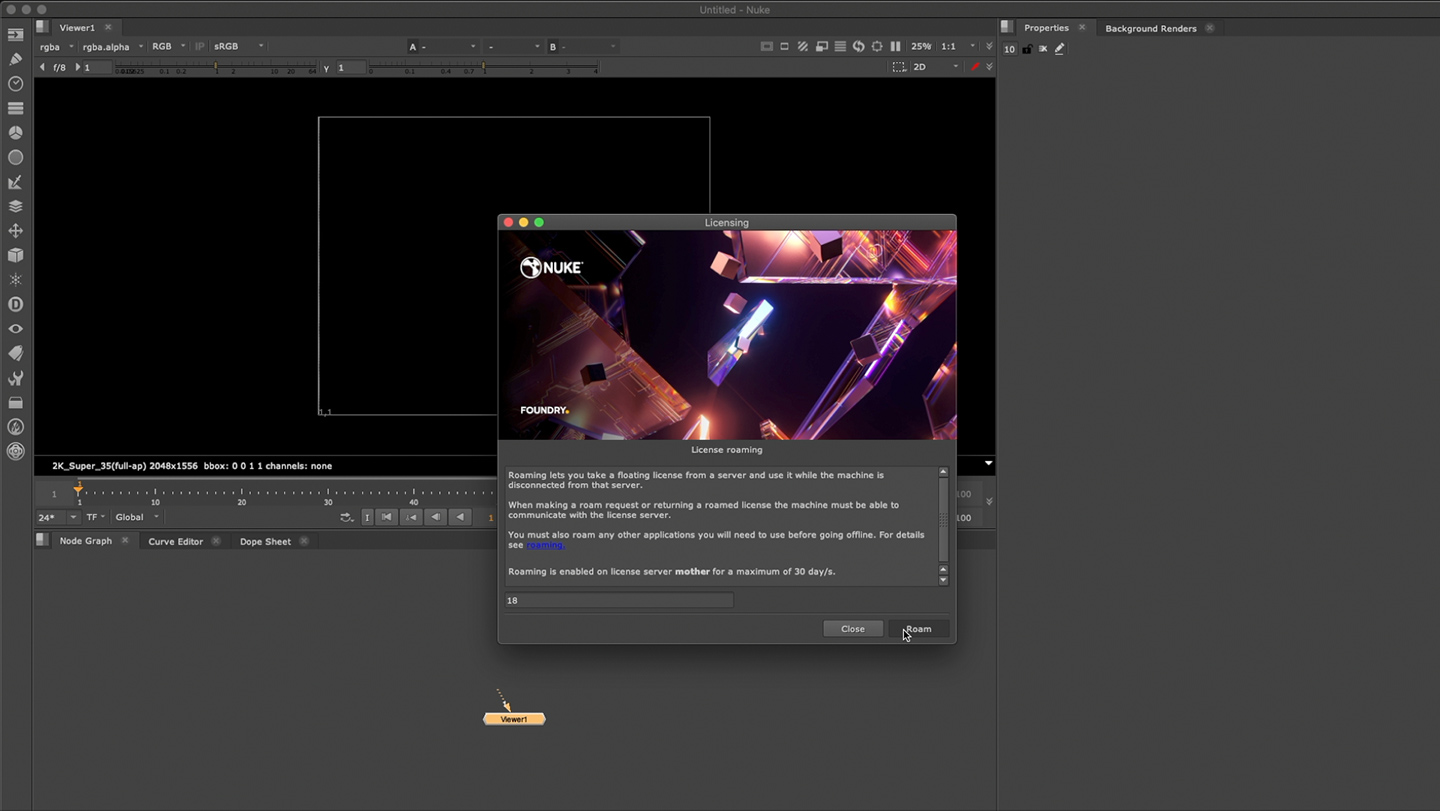
Floating License Roaming
Customers with floating licenses can now ‘check out’ a time-limited floating license, making it easier for artists working offline or without access to their license server. These licenses can be checked out for a maximum of 30 days and are available for current Nuke, NukeX, Nuke Studio and Hiero interactive licenses. This requires a license with roaming enabled, please contact your account manager or apply online to request an updated license.
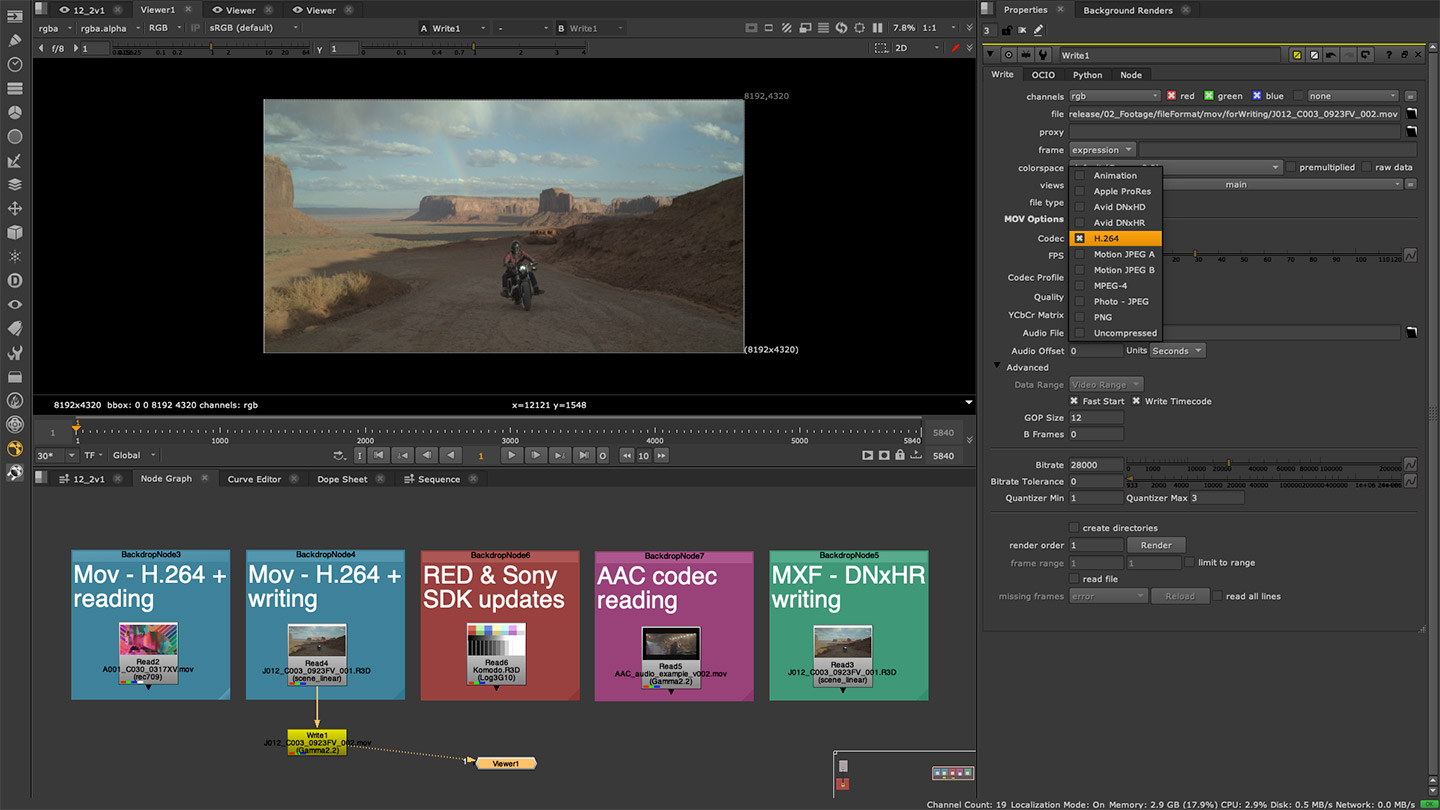
New QuickTime Support
Offering a more stable system for working with QuickTimes, Nuke 12.2 introduces a new MOV Reader and Writer, replacing the previous 32-bit and 64-bit QuickTime Read and Write support with a more stable system and streamlined UI. This update introduces broader QuickTime codec support across operating systems, including updated, more performant H.264 encoding across Windows, macOS, and Linux.
As a result, some of the older QuickTime codecs will no longer be supported. See the release notes for more details on codec support.
Additional file format support
Extended DNxHR Support
Continuing the work on DNxHR support, exporting DNxHR .movs has been added to the Nuke family, and DNxHR MXFs added to Nuke Studio and Hiero. This brings the timeline products to parity with functionality added to Nuke in Nuke 12.1.
Camera file format updates
RED SDK update to version 7.3 adding support for the latest Komodo camera. Workflows with RED footage have also been improved, from displaying the relevant SDK info on the Read node to advanced options using RED’s Chroma Noise Reduction. A new IPP2 custom mode gives you full control of your colorspace and gamma curve, something which is not typically controllable in a standard IPP2 image pipeline.
Sony SMDK version has also been upgraded.
ACC Encoded Audio Support
Nuke Studio, Hiero and HieroPlayer will now support reading and playing back AAC encoded audio tracks. Nuke 12.1 introduced support for .mov containers holding audio to Linux and Windows, this removed the need to extract and import the audio as a separate Wav file. We received feedback that the majority of audio tracks that were used in review utilized AAC codecs.
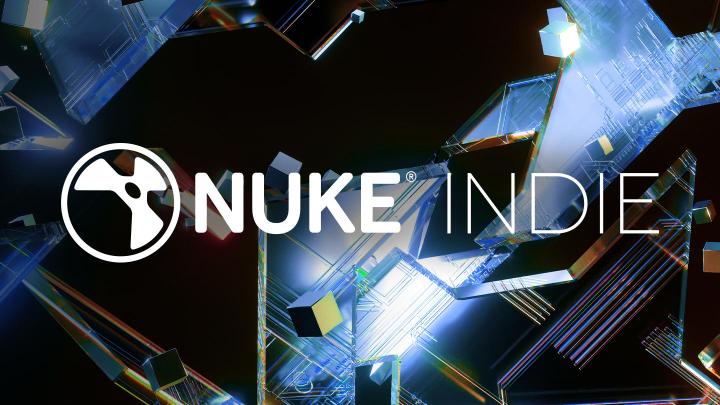
Introduction of Nuke Indie
Nuke Indie is a functionally limited version of Nuke Studio for eligible solo artists. Combining industry-leading node-based compositing with formidable speed, power and flexibility, it’s the ultimate tool for solo artists wanting to create high-quality visual effects, at an accessible price.
Explore Nuke Indie